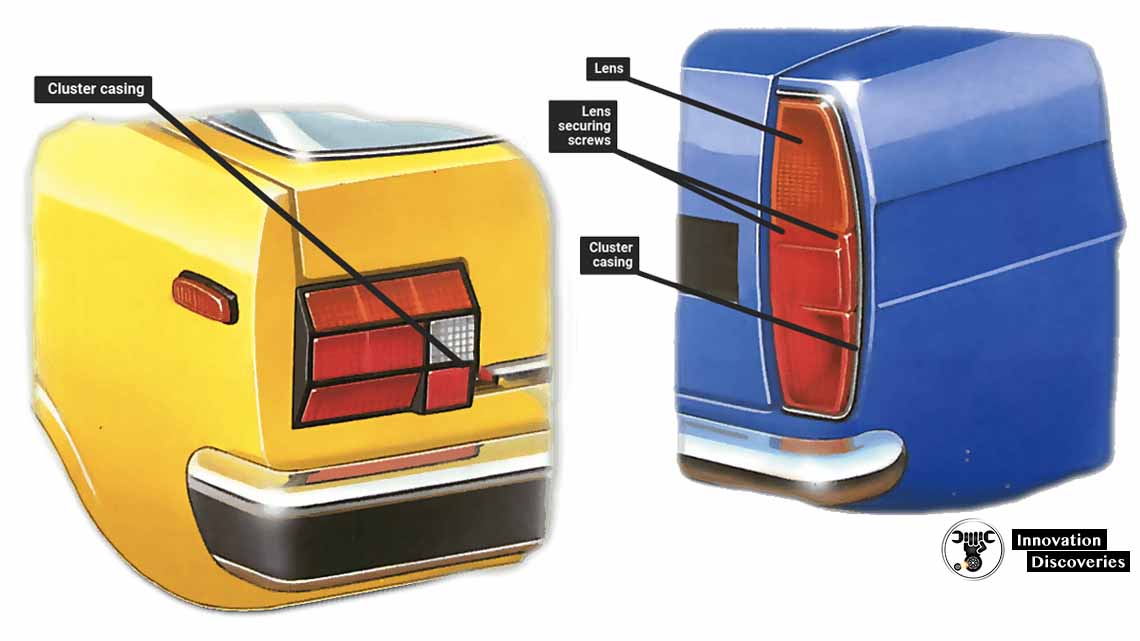
However,
Removing, dismantling and repairing these units is sometimes more difficult,
And very often more expensive, than on the older type of light unit.
Possible problems
The most obvious reason for removing the light clusters is
If they have been damaged after an accident.
Light clusters are almost exclusively used for the rear lights
And are in a vulnerable position in the event of an accident.
You may also need to remove the light cluster,
If condensation or water has built up on the inside of the lens. This can be caused by water seeping past the sealing weatherstrip or gasket.
Alternatively,
The small holes built into the units to allow water to drain out
May have become blocked, trapping water inside.
If the light unit is left in this condition the water can
Soon develop into a green slime
Which can cut down the brilliance of the light unit.
The water may also come into contact
With the electrical connections in the light unit. This will cause corrosion and eventually
The electrical contact will be lost and the light will go out.
SEE MORE:
Before starting work on the cluster unit find out which type you have fitted,
Because this determines how you go about
Removing the light cluster from the car.
Replacement parts
New replacement lenses are often very expensive so it is worth checking a local scrapyard for an old one. Remember,
However, to buy the correct lens because some may only fit on the
Left or right-hand side of the car.
If you find that just the bulb holder is at fault this can often be
Bought separately if it is the detachable type.
Removing an old type cluster
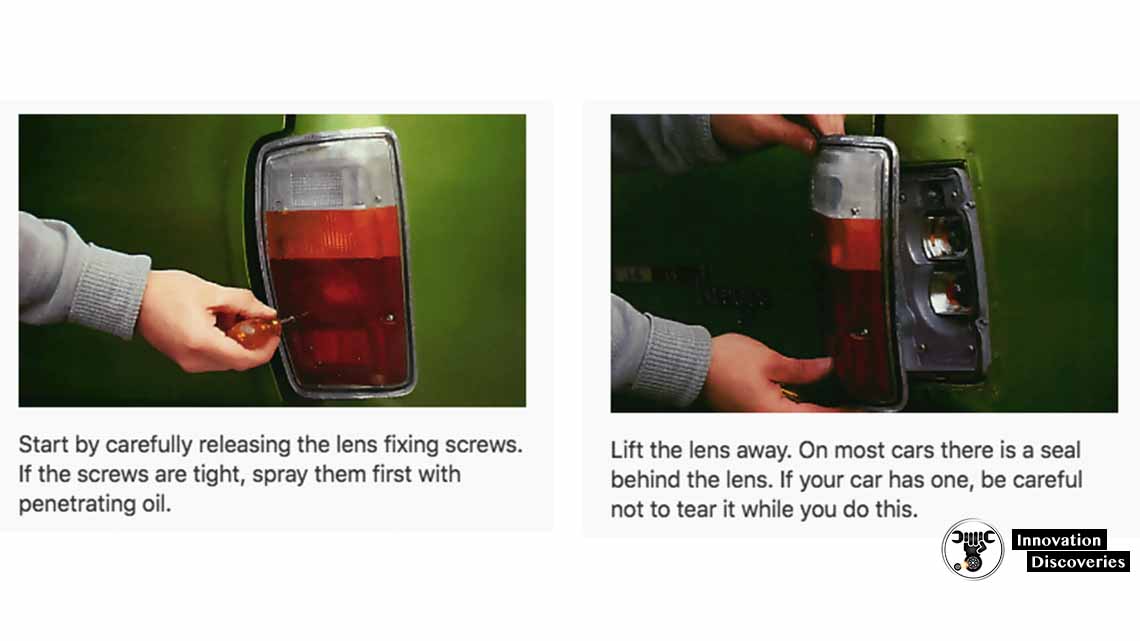
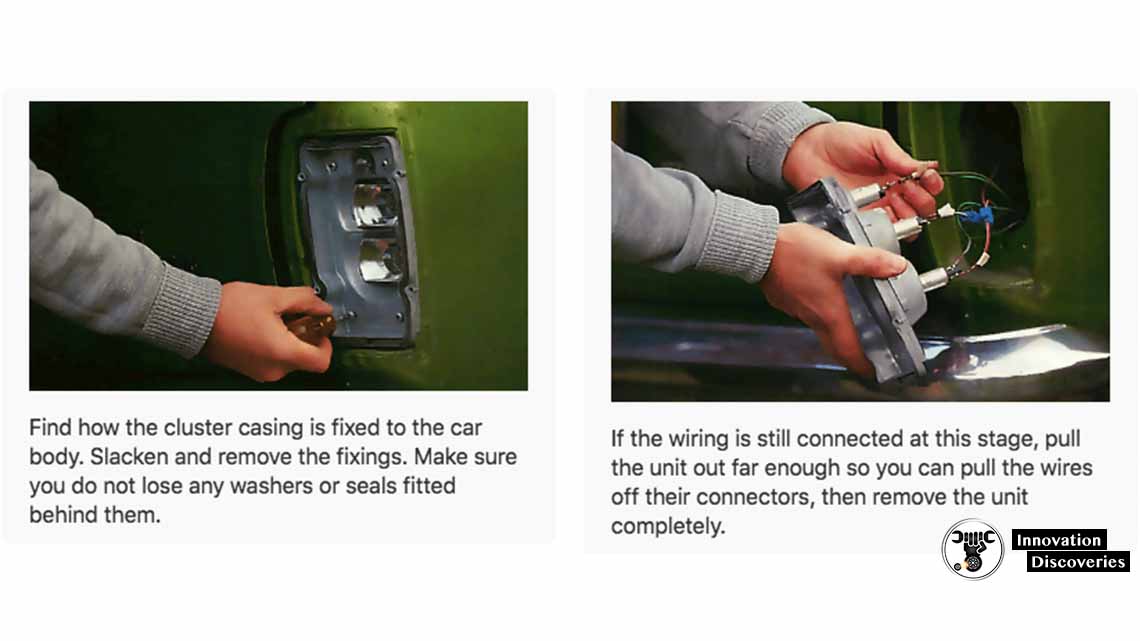
Old and new types of cluster unit
The older type of cluster unit (right) often has its lens secured by
External screws and can be removed separately.
These units are often wired so each bulb holder has its own connector,
And you may be able to remove the bulb holders from the unit
Without disconnecting the wiring.
The later type of cluster units (left) is a little more complicated to remove.
The lens cover can often be removed only from the back of the unit
Which may require that the entire cluster be removed from the car.
In some cases, the lens is integral with the cluster casing,
And if it breaks you will have to fit an entirely new unit.
Removing a new-style cluster
Remove any trim panels covering the rear of the cluster units in the boot or tailgate. Disconnect the battery and then the multi-plug from the light unit.
Find and remove the fixing screws, bolts or nuts from the cluster unit (3),
Noting if they are different lengths. Then carefully pull the unit out of its aperture in the car body.
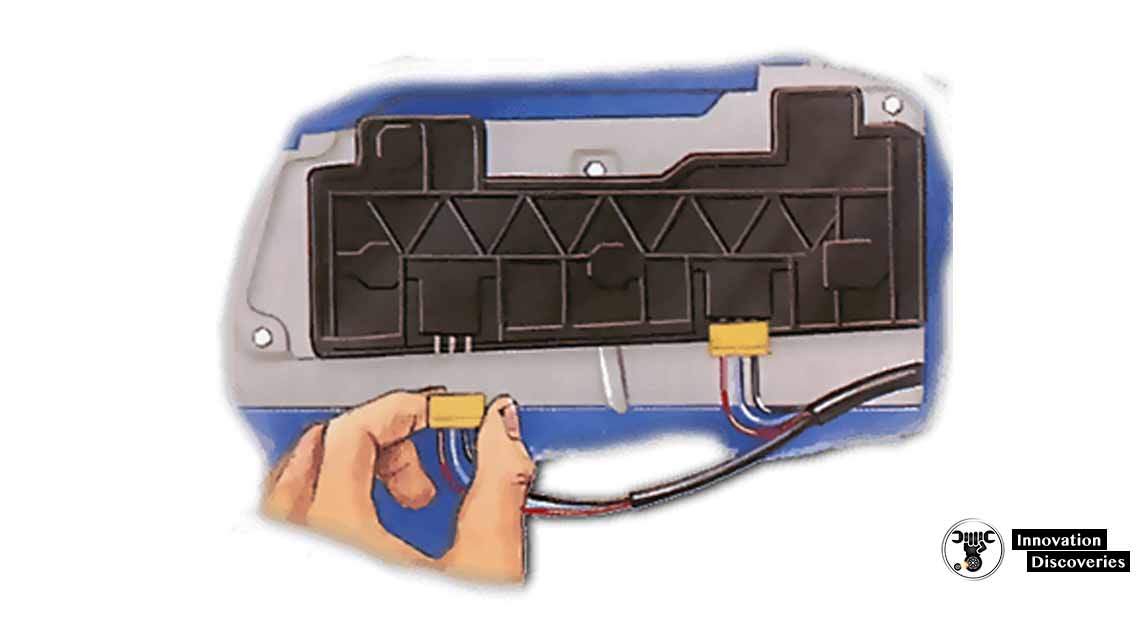
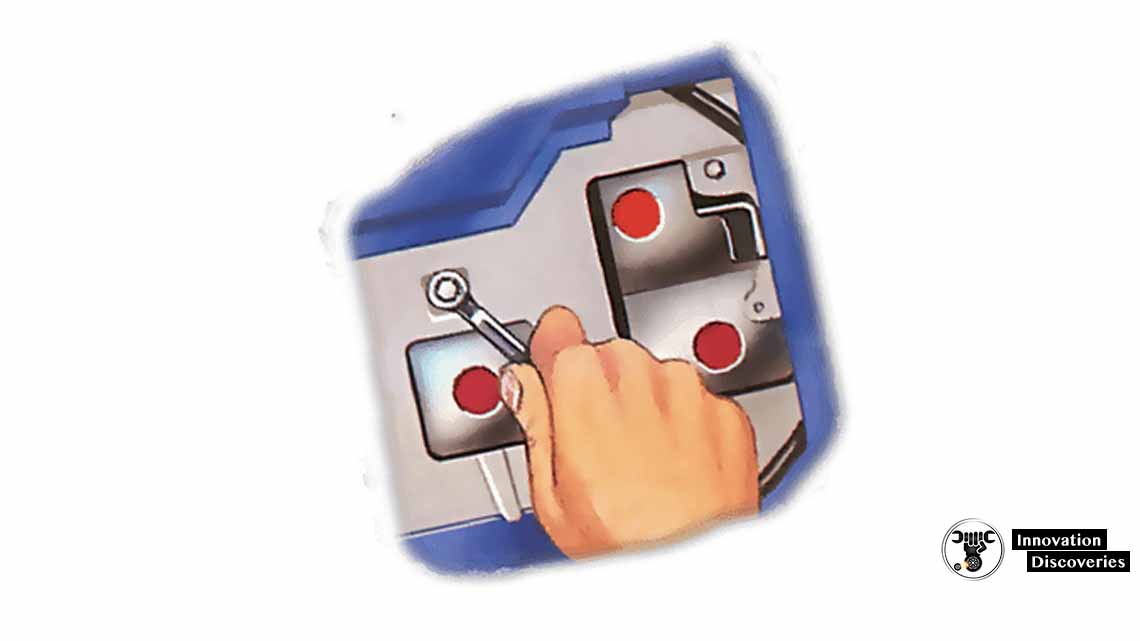
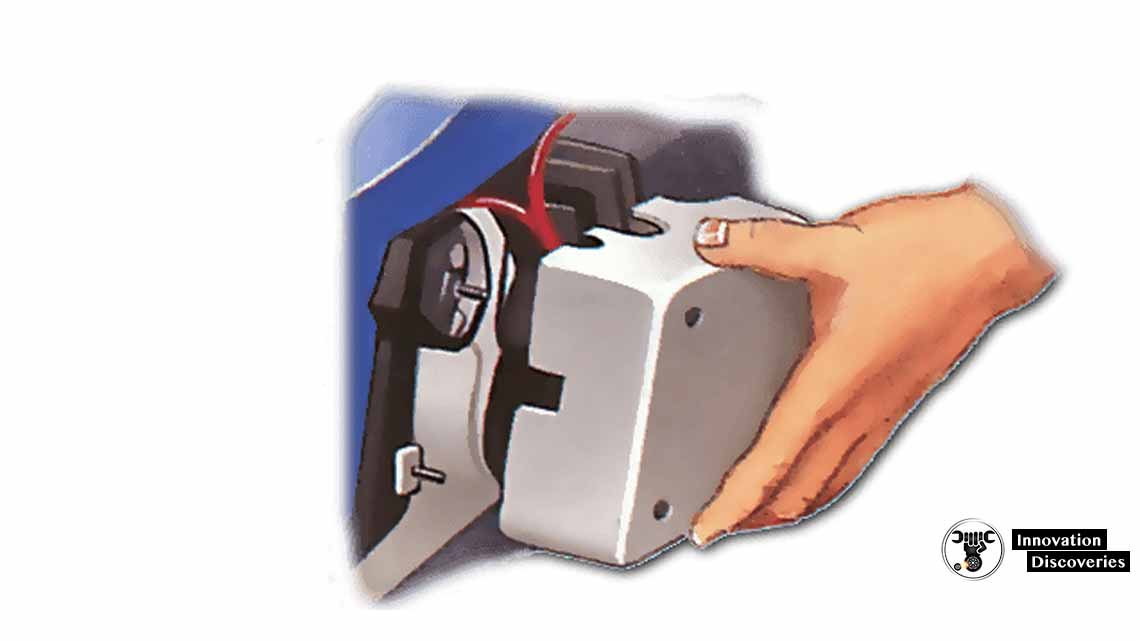
Any trim panels that are in the way.
Simpler types
The Simplest type of cluster has the lens cover held to the cluster casing by
Small screws which pass through the lens. To remove the lens you simply unscrew the fastenings. However, it is worth taking a few precautions first.
The securing screws are invariably of the cross-headed type,
But they may be either Pozidriv or Phillips. So make sure that you use the correct type and size of a screwdriver to remove them. They may have become corroded due to their exposed location and
If you use an incorrect screwdriver it is easy to strip or even break off the screw.
If you find the screws are tight, soak them with penetrating oil,
Allowing time for it to work in before trying the screws again.
Once the screws have been removed the lens can be lifted away.

Now look for securing screws around the cluster casing. If you see them, you can remove the cluster simply by undoing them. But first, disconnect the battery terminals and the
Wiring to the bulb holders. Then release the securing screws and the unit should now
Lift out with the bulbs and their holders in place.
If you cannot see any fixings, or if you cannot at this stage disconnect the wiring,
Then you will have to dismantle the unit further before you can remove it.
The procedure for doing this is the same as for the
More complex type of light cluster.
Cleaning lenses
If you have removed your lens because it was dirty,
Or if you need to clean up a second-hand replacement item,
You can do this with soapy water and an old soft toothbrush.
Gently scrub out all dirt and grime from the lens. The silver backing around the bulbs
It can also be carefully cleaned in the same way. But take care not to scrub this too hard or
You may find the silvering will start to lift off.
Before reassembly make sure the inside of the lens and,
Bulb holders are dry.
Complex types
The more complex type of cluster unit has its lens cover attached to the casing from the rear. There are no exposed screw heads on this type and the entire cluster unit
Will need to be removed from the car before the lens can be removed or
The cluster checked.
Open the tailgate or boot lid so you can see where the rear of the cluster sticks out. The cluster will often be covered by a trim panel. Remove this first to gain access to the rear of the unit. The covers are often held by one or more simple wing nuts or turn buttons
And can usually be removed by hand. The section in your car handbook on changing the
Bulbs should tell you how to remove them.
Wiring connections
Start by disconnecting the battery earth terminal as a safety precaution. Look at how the wiring is attached to the cluster unit.
Older style units have individual Wires running to each bulb holder.
You may be able to pull out the bulb holders without having to disconnect the wiring.
If this is not possible to label the wires as you disconnect them
So they don’t become muddled on reassembly.
Later units use multi-plug connectors. These may be a tight push-fit and simply pull off. Others engage positively on to the cluster casing and you have to
Press in the small thumb tabs on each end of the connector to release them.
If the rear of the unit is not accessible, the wiring can only be
Disconnected once you have unbolted and
Partially removed the unit from the car.
Fixings
Find where the main cluster fixings are located. Vertical units usually have a fixing at the
Top and bottom while horizontal ones have them at each end and may also have one
Located at the top and bottom. The fixing may be a bolt or screw which threads into the
Cluster unit or it may be small nuts which tighten on to
Studs fixed into the cluster casing.
Remove the fixings and carefully withdraw the cluster from the car. You may have to twist it to get it to come out of its aperture. Take care not to damage the seal between
The cluster unit and the body as you withdraw the unit. Disconnect the wiring at this stage if you couldn’t do so before.
With the cluster now removed look at the back of the unit to find the fixings that secure the lens. Undo them, noting if they are of differing lengths, and if so note where they fit. The lens can now be separated from the cluster unit.
Sealing gaskets
Take care when lifting the lens cover away from the cluster unit.
It may not have been moved for some time (possibly never before)
And maybe tight on its mounting.
Gently tap it with your hand to break any bond that may have
Formed between the lens and sealing gasket. Then lift the lens gently,
Making sure that you do not tear the gasket behind as you do so.
If you find the gasket has become torn or perished you will have to
Buy a replacement for reassembly. New gaskets should be available from your dealer but if you can’t find
One you can use a sealing mastic carefully applied in its place (see sideline overleaf).
Maintenance work
When the cluster has been removed you can carry out
Certain checks to make sure everything inside is in good condition.
Start by checking the wiring connections for corrosion. The multi-plug connectors often
Have small sprung metal strips inside them that make the connection.
If these have become distorted or weak carefully bend them
Back into shape with a small screwdriver.
The more conventional terminals and earth points should be cleaned with
Wet-or-dry paper and coated with vaseline to prevent further corrosion.
Some light clusters use printed circuits to join the multi-plug connector to the
Individual bulb holders. These can be checked for feed using a test lamp.
If any break is found in the printed circuit it will usually have to be replaced.
Other cluster units use metal strip connectors between the multi-plug and bulb holders. These should be checked for corrosion in the same way as normal spade connectors.
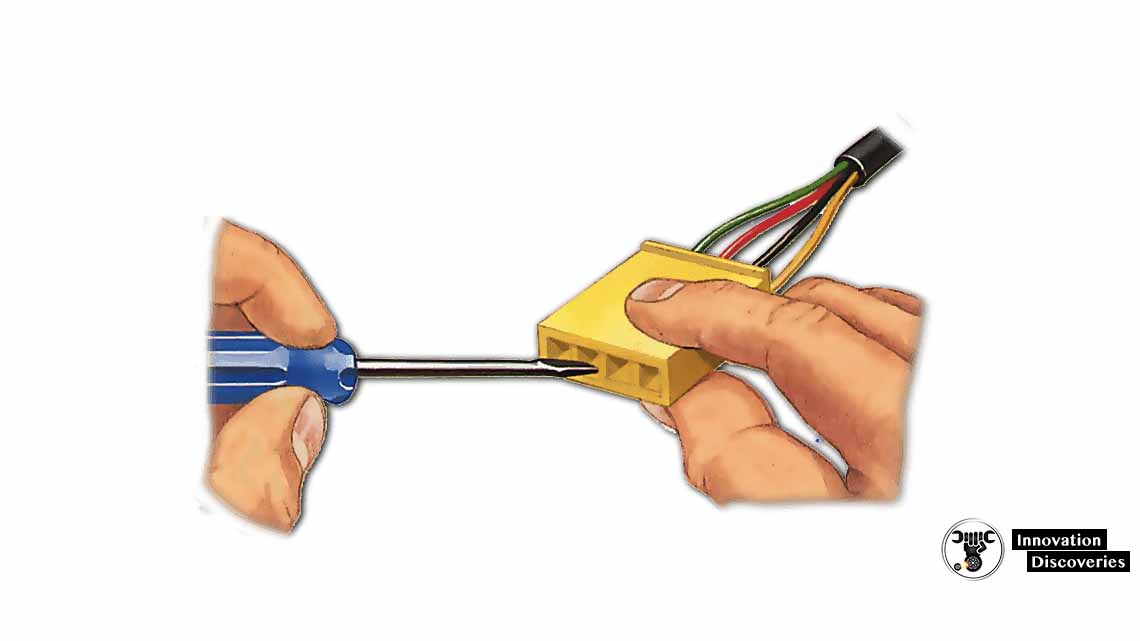

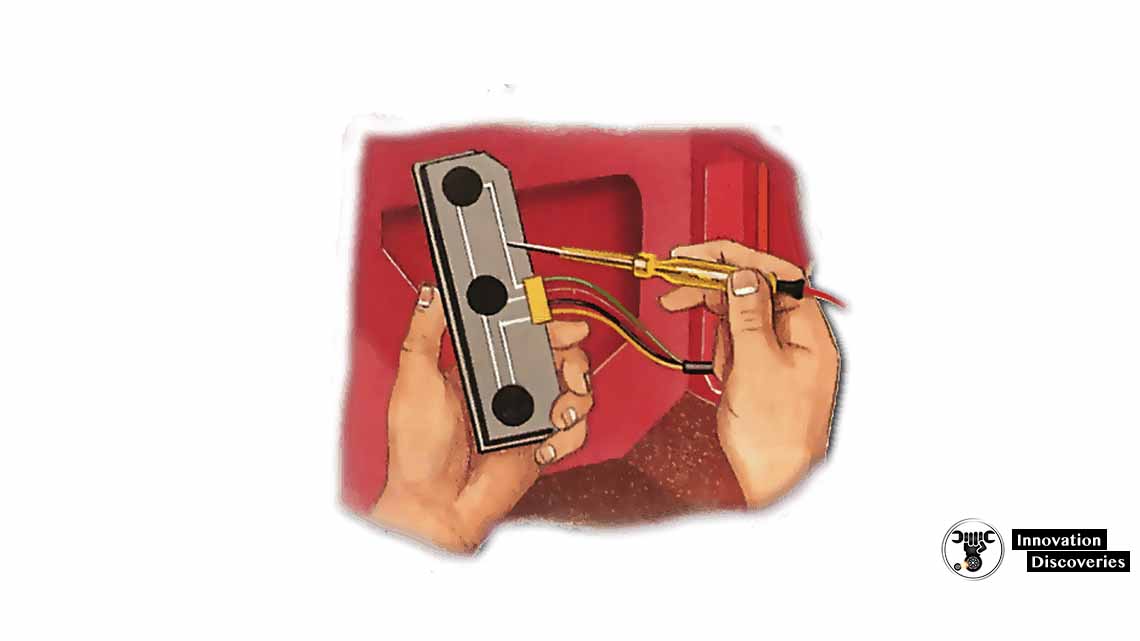
Drilling a drain hole
If the problem with your light unit was that
It was filling up with water you may be able to prevent the problem
Occurring again by making extra drain holes in the lens.
With the casing removed,
Very carefully drill extra holes into the lower edge of the lens with a
Vl2in (2 mm) drill bit.
Make a mark in the drilling position before you start to
Prevent the drill from slipping.
It is a good idea to check the holes are clear using a pin every six months.
Reassembly
The light units are reassembled in basically reverse order to dismantling.
Remember not to overtighten the lens or cluster securing fixings as
They usually screw into plastic, which easily cracks.
Also, read – Car Talk | Driving Tips | Maintenance Tips

